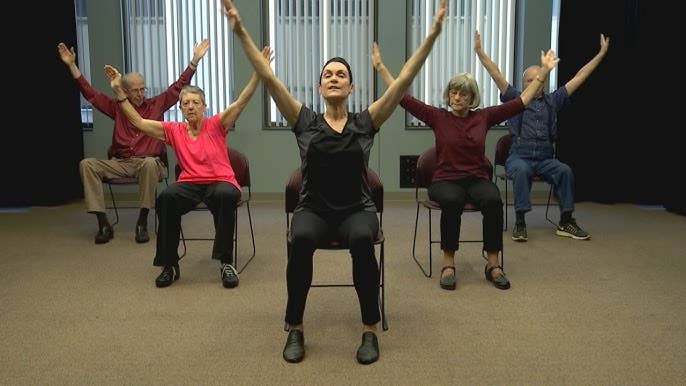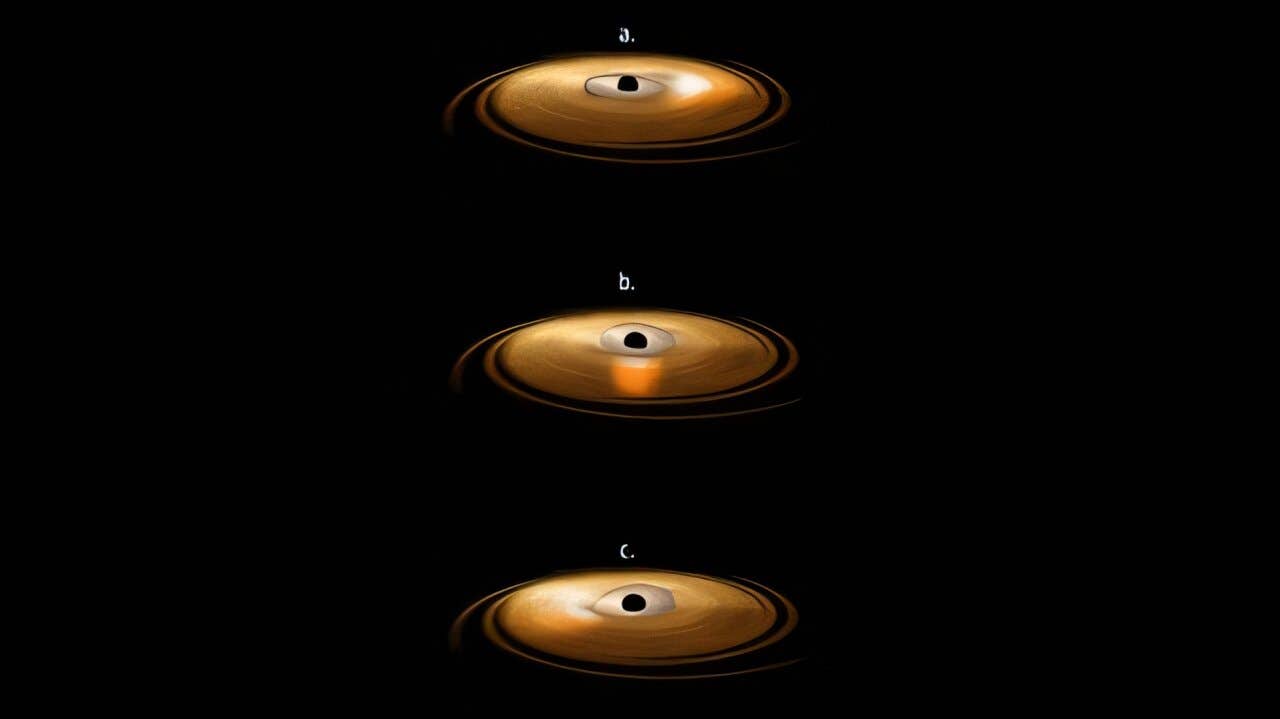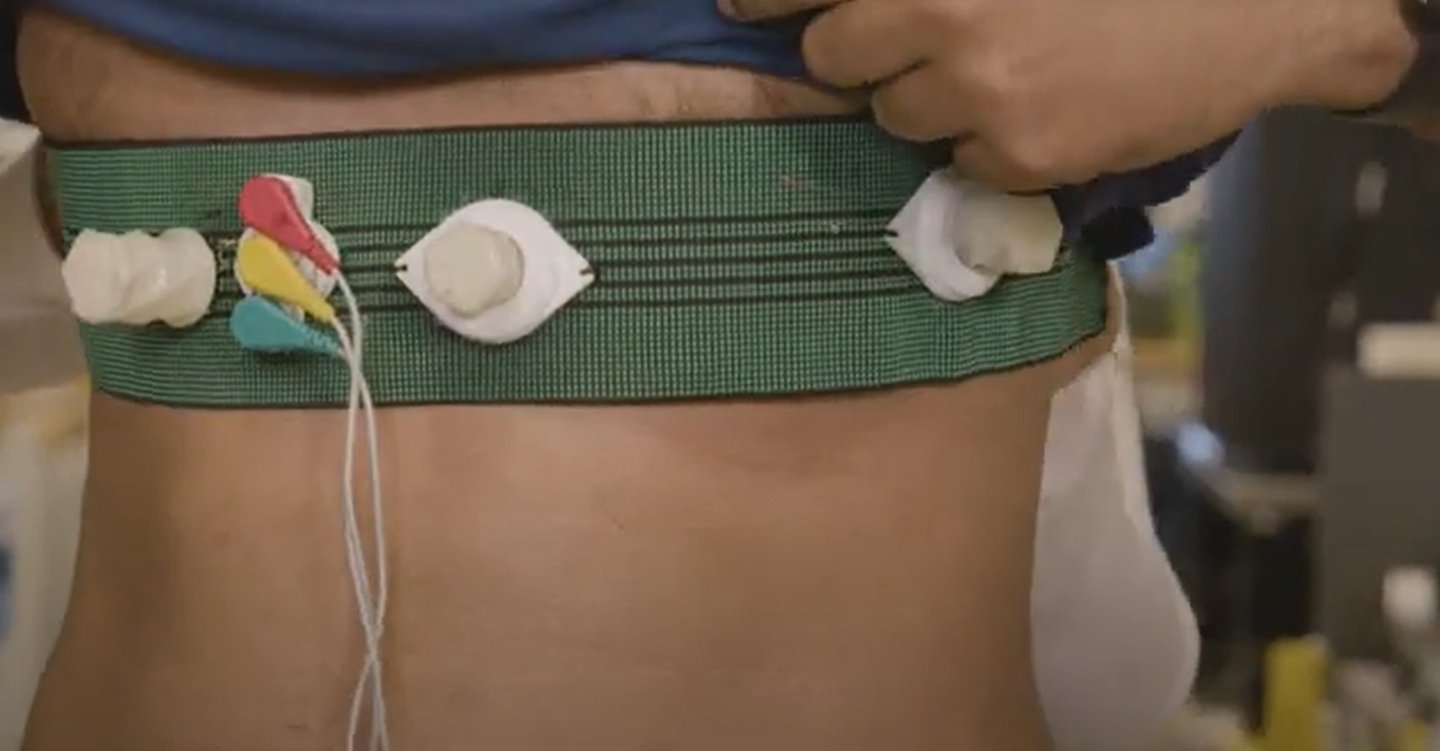Music-based movement therapy aids recovery from strokes and other brain disorders
Learn how the Ronnie Gardiner Method, a rhythm-based movement therapy, offers a fun, challenging way to support stroke rehabilitation and brain recovery.

The method incorporates rhythmic movements such as hand clapping, foot stomping, and verbal sounds, all coordinated with a two-color note system. (CREDIT: CC BY-SA 3.0)
The Ronnie Gardiner Method, a form of music-based movement therapy, shows promise in aiding rehabilitation for stroke survivors and individuals with other brain disorders.
According to a scoping review conducted by researchers at the University of Gothenburg, this method, rooted in rhythm and movement, has garnered positive feedback from both participants and instructors. However, the scientific community has yet to thoroughly validate its effectiveness, highlighting the need for more rigorous research.
Developed by Swedish-American jazz drummer Ronnie Gardiner, who was born in 1932, the method incorporates rhythmic movements such as hand clapping, foot stomping, and verbal sounds, all coordinated with a two-color note system.
In this system, participants use the left side of their bodies to follow red notes and the right side for blue notes, while simultaneously making rhythmic sounds. This unique approach challenges participants to engage multiple skills at once, including motor function, coordination, memory, and endurance.
In Sweden and internationally, the Ronnie Gardiner Method has been used for years in rehabilitation settings, especially for patients with neurological conditions. However, until now, no comprehensive scientific overview existed that examined its functional benefits or how those who teach and practice it perceive the method’s effectiveness.
Related Stories
The recent study, published in Disability and Rehabilitation, reviews existing research on the Ronnie Gardiner Method in healthcare. It also explores the potential advantages it offers to people with neurological disorders, with a particular focus on stroke rehabilitation.
“There is no doubt that in practice the method brings joy to participants in an often challenging life situation with long-term rehabilitation needs,” says Petra Pohl, physiotherapist and assistant professor at Sahlgrenska Academy at the University of Gothenburg. Pohl, who led the study, has been investigating this method for over 15 years, examining its impact on patients with Parkinson’s disease and stroke.
The method has been praised for its playfulness, use of uplifting music, and social environment, creating a more enjoyable experience compared to traditional rehabilitation exercises. Pohl’s previous studies showed that participants found the method engaging, fun, and effective at the same time. “This is a fun and engaging approach, and something out of the ordinary. It challenges both cognition and motor skills at the same time,” she explains.
One of the reasons the Ronnie Gardiner Method stands out is its ability to stimulate both the brain and the body simultaneously. The activities are designed to engage a wide range of cognitive and motor functions, from coordination and sense of rhythm to memory and endurance. Participants often report feeling challenged yet motivated, with many stating they experienced improvements in their recovery and overall quality of life.
The scoping review included 23 studies, exploring both quantitative and qualitative aspects of the method’s application in neurological rehabilitation. However, the scientific evidence supporting the method’s benefits is still limited. Most of the studies analyzed were not peer-reviewed, which weakens the overall credibility of the findings. As a result, while the potential benefits are promising, especially in the area of stroke rehabilitation, the results remain inconclusive for other conditions.
The studies suggest that the Ronnie Gardiner Method could serve as a valuable complement to traditional rehabilitation methods, particularly in settings where patients need both physical and mental stimulation. Participants in the qualitative studies emphasized how the method’s rhythmic, engaging activities helped them stay motivated during their rehabilitation process. Some even noted that the method had a significant positive impact on their mood and sense of well-being.
However, researchers stress that further controlled trials are necessary to confirm these findings and better understand the full range of potential benefits the method offers. As the method continues to gain attention, it’s crucial that its efficacy be validated through more robust, peer-reviewed research.
“The method has reached an international arena, and many things suggest that it will be used more in rehabilitation contexts in the future,” says Pohl. “It is therefore important that it is studied, especially in controlled trials, for better validation.”
The Ronnie Gardiner Method is expected to continue growing in popularity as a rehabilitation tool, but for it to be widely adopted, scientific evidence will need to back up the anecdotal and qualitative reports of its success. For now, though, it remains a promising addition to neurological rehabilitation, offering participants an engaging and joyful way to work on their recovery.
Note: Materials provided above by The Brighter Side of News. Content may be edited for style and length.
Like these kind of feel good stories? Get The Brighter Side of News' newsletter.



